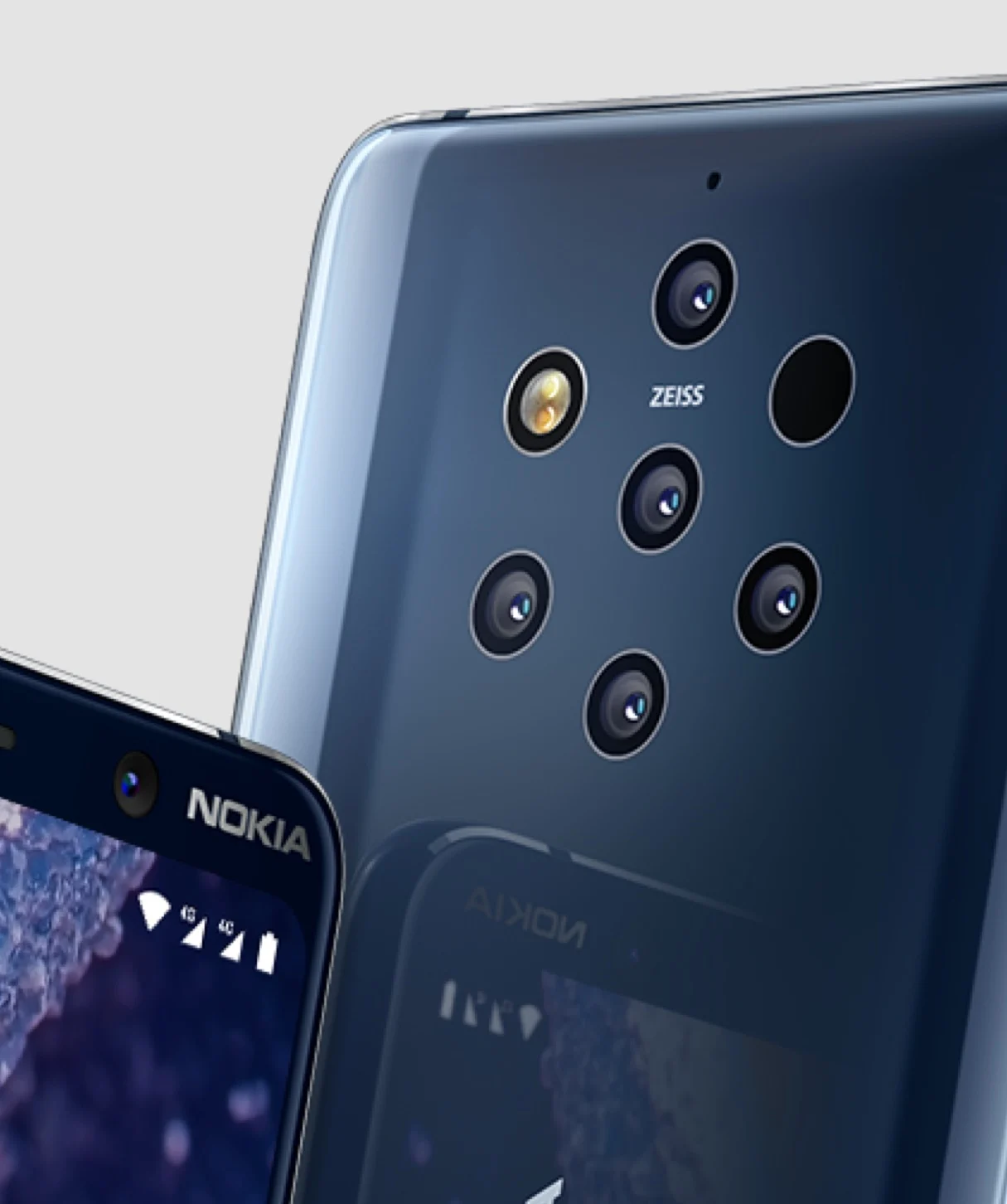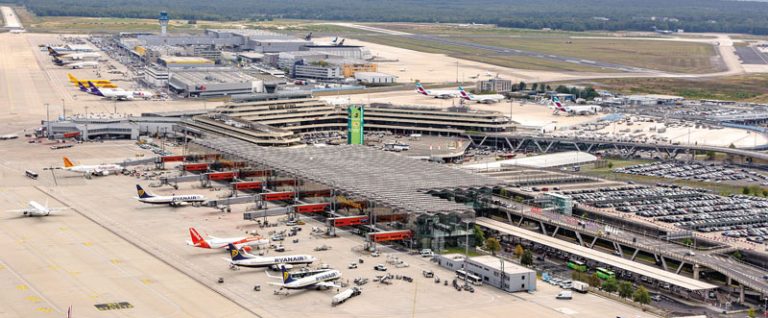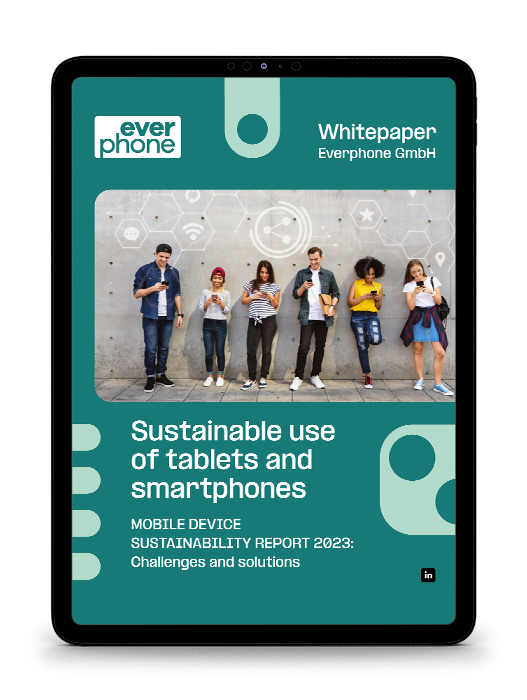Main camera
Our glossary explains basic terms and abbreviations relating to mobile working, the use of smartphones and tablets in the corporate environment (Enterprise Mobility) and security aspects in the use of mobile devices.
Main camera
Rear camera on mobile devices
All current smartphones offer their users a camera, usually even several. A distinction has to be made between the main camera on the back (today usually several individual cameras arranged next to each other) and the front camera (facing the user).
While the main camera is used for taking photos, videos and scans, the front camera is mostly used for “selfies” and/or facial recognition to unlock the device (see biometric unlocking).
Resolution (megapixel)
An important indicator for users* is the camera resolution. However, this is misleading because a high megapixel value does not automatically promise good pictures. In fact, there are other factors like
- the pixel size or
- the size of the sensor
- the quality of the lens used (objective),
- the software used,
- the aperture, and of course
- the ambient light.
Too small pixels tend to cause high image noise. The problem is that the manufacturers do not specify the sensor size (and thus the pixel size) at all, but concentrate on advertising-effective megapixel specifications.
Rule of thumb: The resolution should not be less than eight megapixels for sufficient image quality and the possibility of printing photos on A4. This has been surpassed by the flagship models for quite some time: Camera resolutions of 48 or even 108 megapixels (Galaxy S20 Ultra) are offered.
Aperture
As with other cameras, the aperture is also decisive for the photo quality of the cell phone camera. This is especially true in low-light conditions with little ambient light. An aperture that is as large as possible is then very helpful. Large apertures can be recognized by a low f-number. The f-number indicates the ratio of the focal length (f) to the width of the aperture. The smaller the f-number, the larger the maximum opening of the aperture and the greater the speed of the lens. Good values are f/1.8 or below.
Multiple cameras
In more expensive models, multiple cameras are now usually installed. Thus, different focal lengths are then available with the dedicated wide-angle lenses or telephoto lenses.

The lenses and sensors are often used in combination, for example to increase the depth of field or to create a bokeh effect.
Other camera features
Meanwhile, only LED flashes are installed, since integrating a flash into a smartphone has proven to be hardly practical. The LED flashes can be used for illumination in the immediate close-up range (about 1 meter). Image stabilizers and autofocus are other helpful camera extras.
Videos, slow motion, super slow motion, time-lapse, hyper-lapse
Recording videos has become part of everyday life for many users. The available video resolution has increased steadily in recent years. Full HD has long been forgotten and the new standard is called 4K, which achieves image resolutions of around 4,000 pixels on the longer side. The iPhone 11, for example, records 3,840 x 2,160 pixels. Users should pay attention to the possible frames per second (fps), i.e. the recorded frame rate.
Nice gimmicks and extras are slow motion, super slow motion with 240 fps and time lapse (Hyper Lapse).
Also read:







